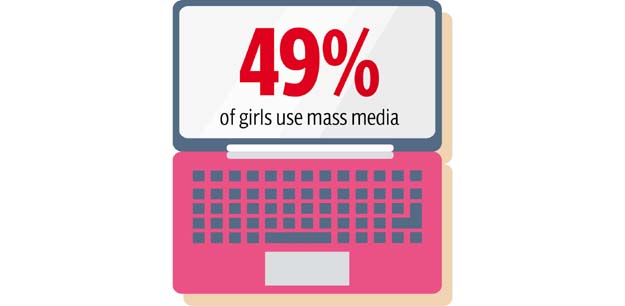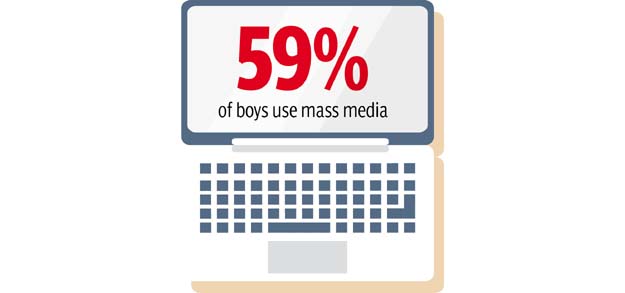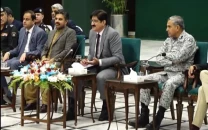SOWC report 2017: Children need to be protected when online
More children require access to internet and catch up with the world

PHOTO: FILE
This was stated in the latest iteration of the annual ‘The State of the World’s Children (SOWC) 2017: Children in a digital world” report launched by the United Nations Children’s Fund (Unicef).
The report was also debated at a panel discussion organised by Unicef in Islamabad on Tuesday.
Empowering: Women urged to use social media
According to the report, every third internet user worldwide is a child but too little was being done to protect them from the perils of the digital world and to increase their access to safe online content.

On the other hand, there are as many as 346 million youngsters (between the ages of 15-24) around the world who are not online.
About Pakistan, the report says there are an estimated 38 million adolescents between the ages of 10 to 19 (around 20 per cent of total population) in Pakistan. Of these, around 59 per cent of boys used mass media from 2010 to 2016. This figure was slightly lower for girls at 49 per cent.
The report noted that the 10 per cent gap for media usage was startling.
“If only around 50 per cent [of children] use mass media, that is quite a small proportion who use the internet,” said Skills First Founder Saad Hamid, adding that there are around 25 million people who are connected to the internet in Pakistan.
Worldwide, youngsters are the most connected age group with 71 per cent online compared with 48 per cent of the total population.
With most of the content creators hailing from the west, approximately 56 per cent of all websites, are in English. Local children thus struggle to find the content they can understand (in regional languages) or which is culturally relevant.
Moreover, the report says that two-thirds of all internet users live in countries where online expression is restricted or criticism of the government, military or the ruling family is censored.

“While we want to turn this digital gap into a digital bridge, we also want to ensure that the online presence for children and youth is safe by all means,” said Melanie Galvin, Chief of Nutrition for Unicef in Pakistan.
“Unicef views it as an inequity that millions of children and youth in Pakistan and around the world are not connected to the internet which reduces their ability to participate in an increasingly digital economy,” she added.
The report argues that governments and the private sector have not kept pace with change, exposing children to new risks and threats while leaving millions of disadvantaged children behind.
“In a country like Pakistan, progress for every child is much more dependent on safe, inclusive and widely accessible online opportunities,” Galvin said. “To understand that the digital is not a need but an essential part of growing up in this world is the only way forward.”
Mobile apps, social media increasing HIV/AIDS cases in Pakistan: UK publication
It recommended to help guide more effective policymaking and more responsible business practices to benefit children such as putting children at the centre of the digital policy; teaching digital literacy to keep children informed, engaged and safe online, leveraging the power of the private sector to advance ethical standards and practices which protect and benefit children online.
Social media activism
For young people – especially digital natives –using social media for social activism is practically second nature.
Youngsters were also making their voices heard through blogging.
Published in The Express Tribune, December 27th, 2017.


















COMMENTS
Comments are moderated and generally will be posted if they are on-topic and not abusive.
For more information, please see our Comments FAQ